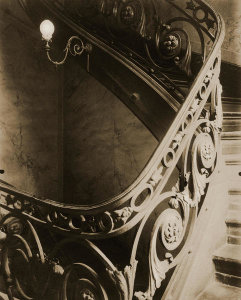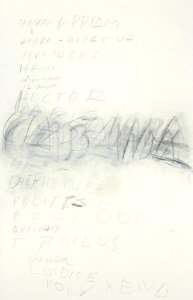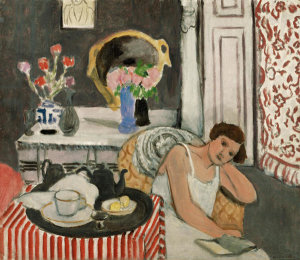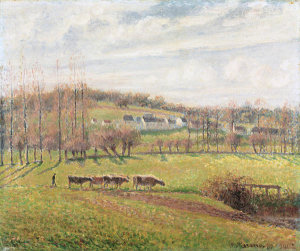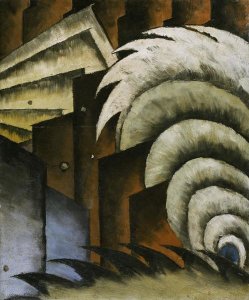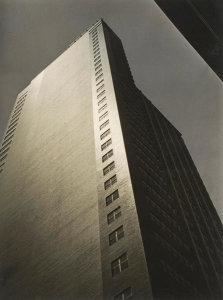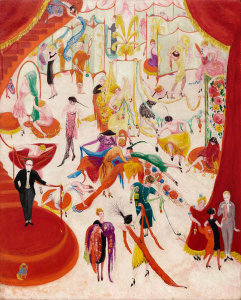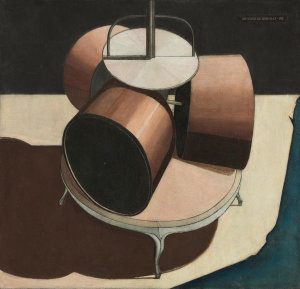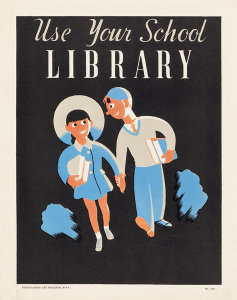Quality
Philadelphia Museum of Art Custom Prints offers exclusive custom reproductions of artworks in the collections of the Philadelphia Museum of Art. Hand-made in the USA using gallery-quality materials, we create prints as true to the original work as possible, using strict color management protocols and state-of-the-art printing technology.
Selection
Many of the works offered through this store are exclusive and not available anywhere else. In addition, new works are continually added to the offering so make sure to come back and see the new releases.
Customization
You have found the work that speaks to you. Now what? Using our innovative custom framing tool you can preview exactly what your finished and framed art will look like. We offer many different moulding styles so there is sure to be a match for any type of decor.
As always, members will receive their discount for all transactions processed through our Custom Prints store. Simply enter your Member ID during the checkout process and your discount will be applied.


